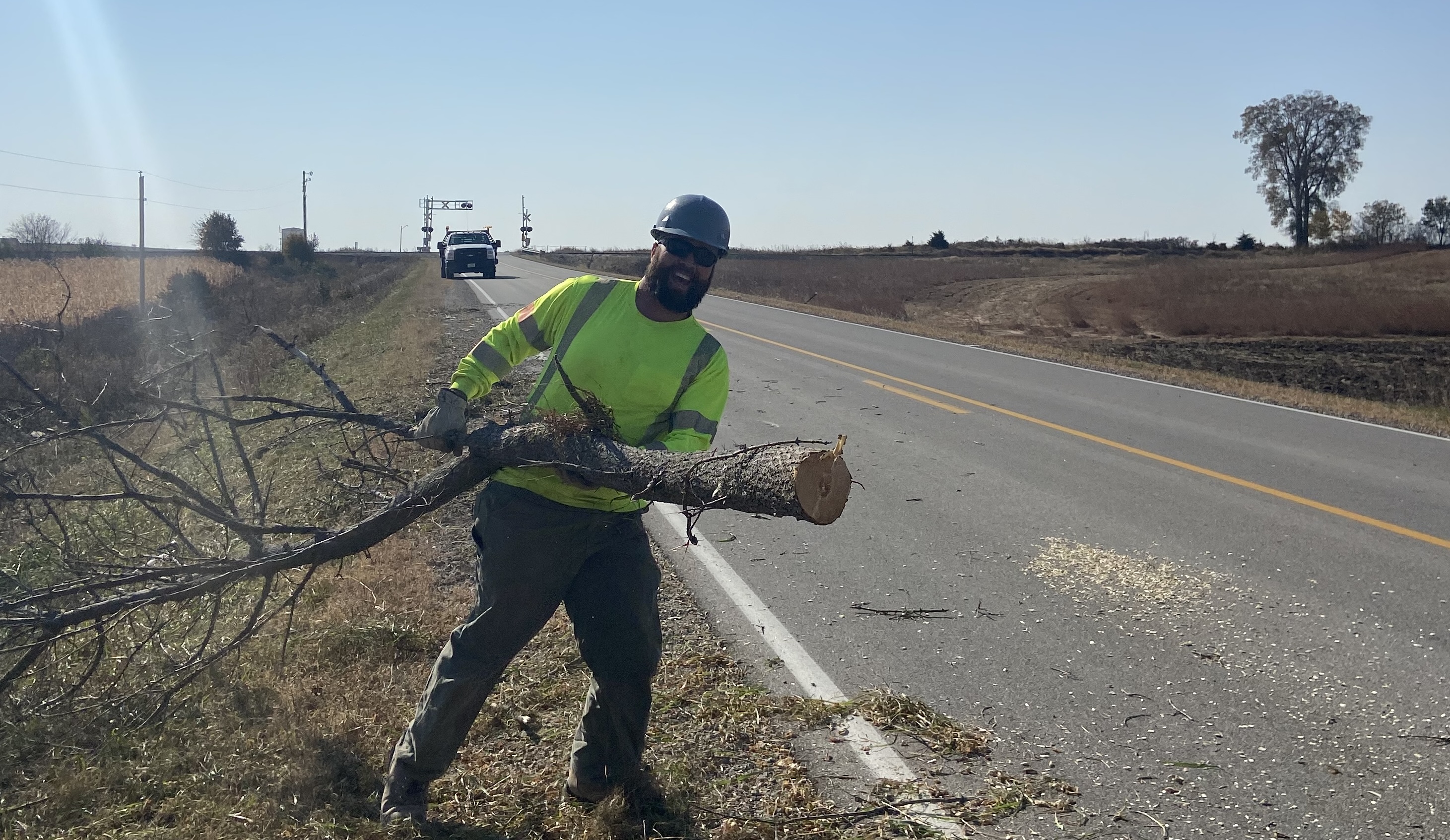Start a Roadside Program

Why do Counties and Cities Start a Roadside Program?
Counties and cities choose to start a roadside vegetation management program because they want management of roadsides that is cost-effective, responsible, and sustainable. The county board of supervisors or city administrators — often with input from a formal citizen committee — determines how to accomplish these goals.
Hiring a full-time roadside manager is the best way for a county or city to have strong leadership for its roadside program and to have a dedicated person to implementing the IRVM plan. Roadside managers oversee spraying, mowing, brush control, fire management, vegetation establishment, and compliance with the Iowa Noxious Weed Law and other state and county regulations. Counties and cities without the resources to hire a roadside manager may designate an existing employee to implement its plan.
Establishing permanent, competitive, and well-adapted native vegetation provides long-term cost savings. Counties and cities with an IRVM plan can receive native seed with a value of $220 to $350 an acre for free if they provide the personnel and equipment to plant it. Counties and cities also enjoy immediate savings by conducting in-house operations with county personnel using vegetation management equipment that is funded by the Living Roadway Trust Fund.
For more information about the benefits of having a roadside vegetation management program, read the white paper Roadside Weeds, Brush, and Erosion: How Your County or City Can Manage Them to Create Safe, Healthy Roadsides and Roads.
How Can Counties and Cities Start a Roadside Program?
The second chapter of the Integrated Roadside Vegetation Technical Manual, Steps to Start a Roadside Vegetation Program, describes how to start a roadside program. The first step is to evaluate local level of interest in starting a program; the chapter includes suggestions for key stakeholders to consult and how to approach decision makers. Subsequent parts of the chapter outline how to develop and implement a program and sources of ongoing training for roadside management employees.
If at any time you have questions, contact IRM Program Manager Kristine Nemec at kristine.nemec@uni.edu (319-273-2813) with questions regarding county roadside programs and LRTF Coordinator Tara Van Waus at tara.vanwaus@iowadot.us (515-460-2953) with questions regarding city roadside programs and questions regarding developing an IRVM plan for counties or cities.

Roadside managers hydroseeding a roadside to provide erosion control by spraying a slurry of mulch and seed.
Contact Us
Contact us for additional information about starting a county roadside vegetation management program.


